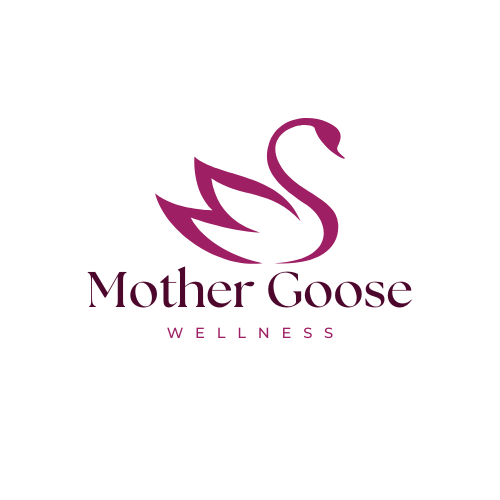Baby Foods: When to Start Foods
When to Start Baby Foods: A Guide for New Parents
Introducing your baby to solid foods is an exciting milestone—but it can also come with a lot of questions and uncertainty. When is the right time? What should you start with? How do you know your baby is ready?
Let’s walk through the signs, timing, and tips to help you confidently start your baby's solid food journey.
When to Start Baby Foods
Most babies are ready to start solid foods around 6 months of age, though some may show signs of readiness a little earlier—closer to 4 months. However, the American Academy of Pediatrics (AAP) recommends exclusive breastfeeding or formula feeding for the first 6 months. Introducing solids too early can increase the risk of choking and reduce the intake of breast milk or formula, which should still be the main source of nutrition until the first birthday.
Signs Your Baby May Be Ready
Every baby develops at their own pace, but here are some common signs that your baby is ready to try solid foods:
Good head control: Baby can sit up well with minimal support.
Increased interest in food: Watching you eat or reaching for your food.
Loss of the tongue-thrust reflex: This reflex causes babies to push food out of their mouths and usually fades by 4–6 months.
Ability to move food to the back of the mouth and swallow.
If you're unsure, check with your pediatrician before introducing solids.
What Foods Should You Start With?
Start with simple, single-ingredient foods that are easy to digest. Good first foods include:
Iron-fortified single-grain baby cereals (like rice or oatmeal)
Pureed vegetables (carrots, sweet potatoes, peas)
Pureed fruits (bananas, apples, pears)
Pureed meats (for iron and protein)
Well-cooked, mashed legumes (like lentils or black beans)
Introduce one new food every 3–5 days and watch for signs of allergies, such as rash, vomiting, or diarrhea.
Tips for a Smooth Transition
Start slow: Begin with a spoonful or two once a day.
Make it fun: Keep mealtimes relaxed and enjoyable.
Follow baby’s cues: If they turn their head or push food away, try again another time.
Continue breast milk or formula: Solids complement milk, not replace it, in the first year.
Final Thoughts
The journey into solid foods is one of exploration—for both you and your baby. It’s messy, surprising, and sometimes slow-going, but it’s also filled with wonderful moments of discovery. Go at your baby’s pace, trust your instincts, and don’t hesitate to ask your pediatrician for guidance.
After all, the goal isn’t just feeding your baby—it’s helping them learn to love food and mealtime.
